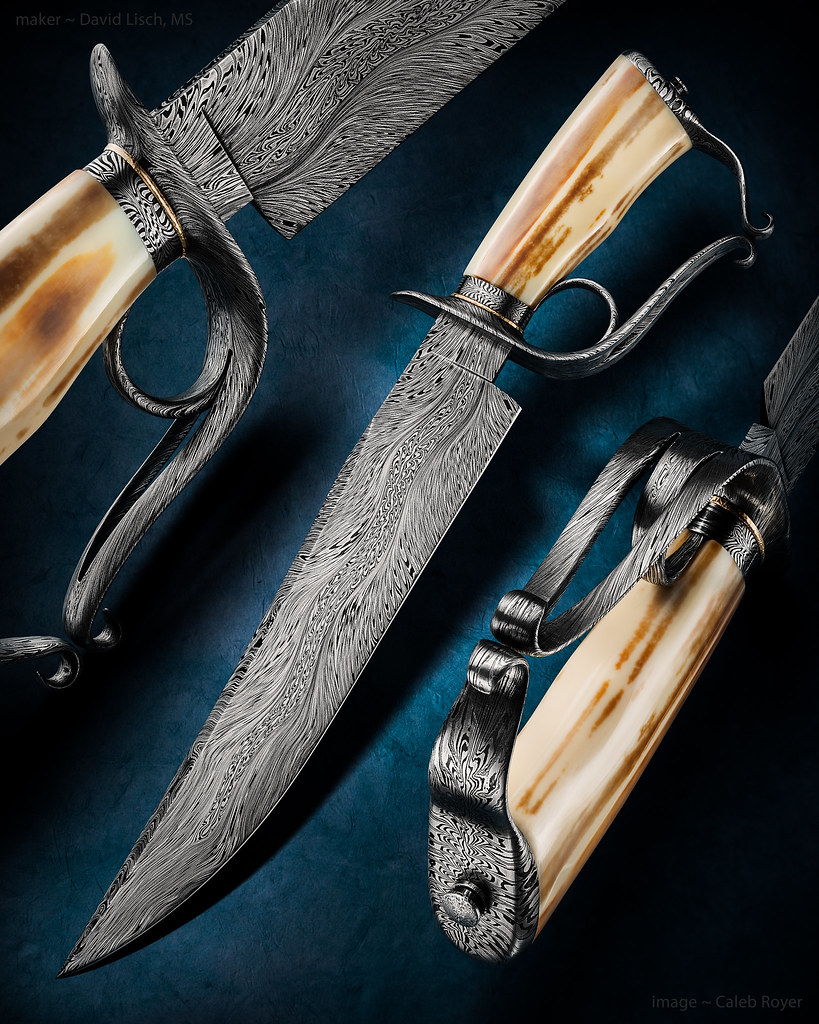- Joined
- Jul 27, 2003
- Messages
- 5,686
There are plenty of forging-friendly steels used for stock removal that come from mills in a not-so-perfect condition for simply austenizing and hardening.
For the uneducated, this is a condition that lends itself to easy grinding, drilling, tapping, threading, etc.
But that condition is not one that is set-up to simply austenize and then harden.
For optimum performance, these steels need to go through numerous controlled thermal cycles of varying intensities that then puts them into a condition that the maker can use for hardening and tempering.
Simply because you have a mill-run steel does not mean that it's best to just do stock removal and subsequently harden.
Even many of the non-veteran forging knife makers know how to handle this, and they do it with their forges and ovens.
When we forge steel, the average and up forging knife maker knows these cycles and does so religiously with the steels that he forged.
Either way, those stock removal blade steels and the forged knife blade steels both mentioned end up in the same condition.
One is not better than the other.
They're the same.
For the uneducated, this is a condition that lends itself to easy grinding, drilling, tapping, threading, etc.
But that condition is not one that is set-up to simply austenize and then harden.
For optimum performance, these steels need to go through numerous controlled thermal cycles of varying intensities that then puts them into a condition that the maker can use for hardening and tempering.
Simply because you have a mill-run steel does not mean that it's best to just do stock removal and subsequently harden.
Even many of the non-veteran forging knife makers know how to handle this, and they do it with their forges and ovens.
When we forge steel, the average and up forging knife maker knows these cycles and does so religiously with the steels that he forged.
Either way, those stock removal blade steels and the forged knife blade steels both mentioned end up in the same condition.
One is not better than the other.
They're the same.



